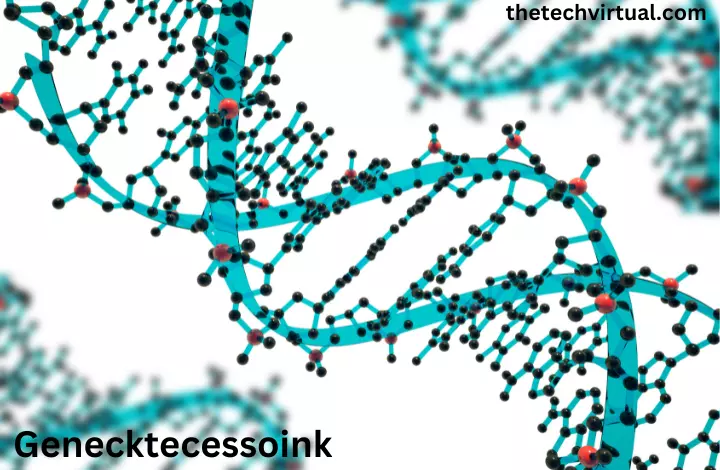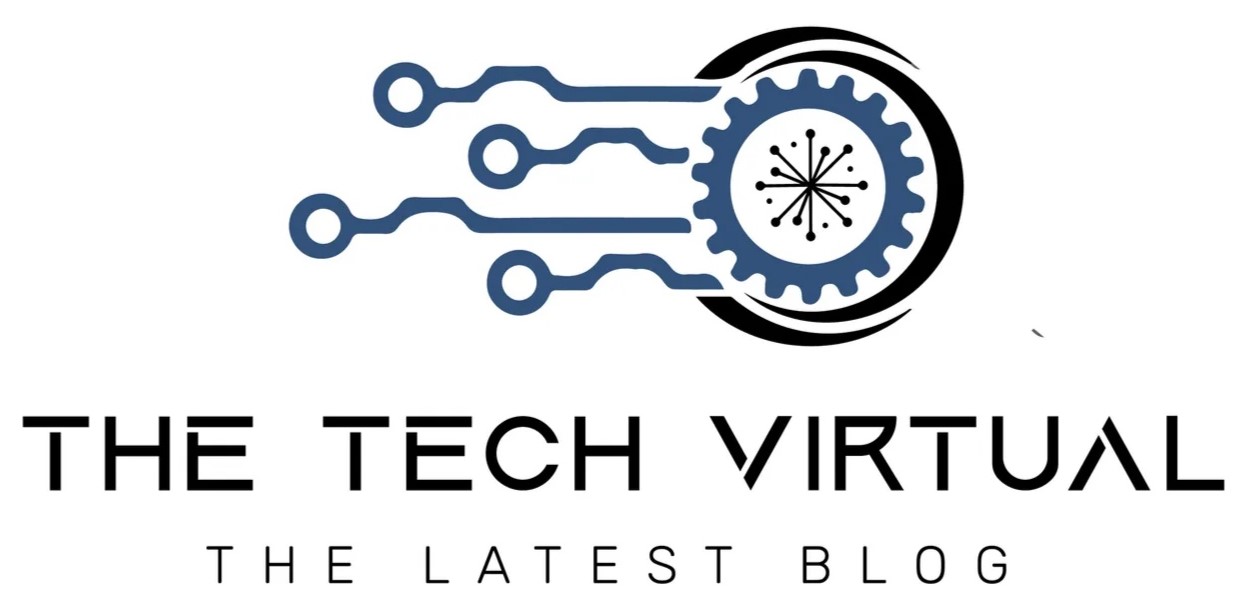The Science Behind Gene Editing: How Genecktecessoink is Revolutionizing Medicine

Introduction
Gene editing is a revolutionary technology that has the potential to transform medicine as we know it. By allowing scientists to make precise changes to DNA, gene editing could be used to treat a wide range of diseases, from cancer to genetic disorders.
One specific gene editing technology that has been making waves in the scientific community is Genecktecessoink. In this article, we will explore what gene editing is, what Genecktecessoink is, how it works, its benefits and potential risks, current applications, and the future of gene editing.
What is Gene Editing?
Gene editing is a process that allows scientists to make precise changes to DNA sequences in cells. The purpose of gene editing is to correct genetic mutations that cause diseases or to enhance desirable traits in organisms.
Unlike traditional genetic modification, which involves inserting foreign genes into an organism’s DNA, gene editing involves making targeted changes to existing genes.
What is Genecktecessoink?
Genecktecessoink is a specific gene editing technology that uses CRISPR-Cas9 as its primary tool for making targeted changes to DNA sequences. CRISPR-Cas9 is a system that bacteria use to defend themselves against viruses by cutting up viral DNA.
Scientists have adapted this system for use in gene editing by using a guide RNA molecule to direct the Cas9 enzyme to specific locations in the genome where it can make precise cuts.
How Does Genecktecessoink Work?
The gene editing process using Genecktecessoink begins with the design of a guide RNA molecule that matches the target DNA sequence. The guide RNA molecule then binds to the Cas9 enzyme, forming a complex that can recognize and cut the target DNA sequence. Once the DNA has been cut, the cell’s natural repair mechanisms can be used to introduce desired changes or remove unwanted mutations.
Genecktecessoink also has additional tools and techniques that can be used to enhance it’s precision and efficiency. For example, scientists can use a modified version of Cas9 that only cuts one strand of DNA, which reduces the risk of off-target effects. They can also use a technique called base editing, which allows them to change individual letters in the DNA code without cutting the DNA.
Benefits of Genecktecessoink
The potential benefits of gene editing in medicine are vast. Genecktecessoink specifically has the potential to treat a wide range of diseases, including genetic disorders, cancer, and infectious diseases. By making precise changes to DNA sequences, scientists could correct mutations that cause diseases or enhance the body’s natural defenses against viruses.
One example of how Genecktecessoink could be used is in the treatment of sickle cell anemia. This genetic disorder causes red blood cells to become misshapen and break down, leading to anemia and other complications. Using gene editing, scientists could correct the mutation that causes sickle cell anemia and restore normal red blood cell function.
Potential Risks of Gene Editing
Despite its potential benefits, gene editing also raises ethical and safety concerns. One concern is the possibility of unintended consequences from making changes to DNA sequences. Off-target effects could lead to unintended mutations or other harmful effects.
Another concern is the potential for gene editing to be used for non-medical purposes, such as enhancing desirable traits in humans or creating “designer babies.” This raises ethical questions about the appropriate use of gene editing technology.
Current Applications of Genecktecessoink
There are currently several research projects and clinical trials underway using Genecktecessoink for various applications. One example is a clinical trial for a rare genetic disorder called Leber congenital amaurosis (LCA), which causes blindness in children. Scientists are using Genecktecessoink to correct the genetic mutation that causes LCA and restore vision in affected children.
Another example is the use of Genecktecessoink to develop new treatments for cancer. By targeting specific genes that are involved in cancer growth and metastasis, scientists hope to develop more effective and targeted therapies for cancer patients.
The Future of Gene Editing and Genecktecessoink
The potential future applications of gene editing in medicine are vast. Scientists are exploring the use of gene editing to treat a wide range of diseases, including HIV, cystic fibrosis, and Huntington’s disease. They are also exploring the use of gene editing to enhance the body’s natural defenses against viruses, such as by introducing mutations that make cells resistant to viral infections.
As for Genecktecessoink specifically, scientists are working to improve its precision and efficiency. They are also exploring new tools and techniques that could be used in conjunction with Genecktecessoink to enhance its capabilities.
Conclusion
Gene editing has the potential to transform medicine as we know it, and Genecktecessoink is one specific technology that is leading the way. While there are still ethical and safety concerns surrounding gene editing, the potential benefits are vast.
With continued research and development, gene editing could be used to treat a wide range of diseases and improve health outcomes for millions of people around the world.






